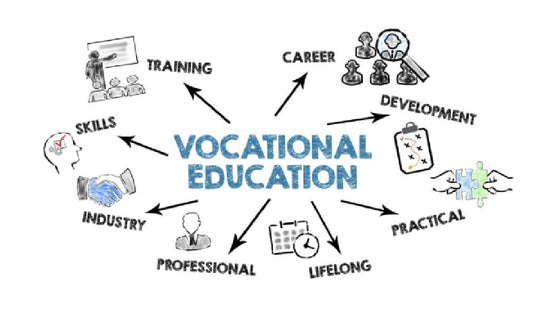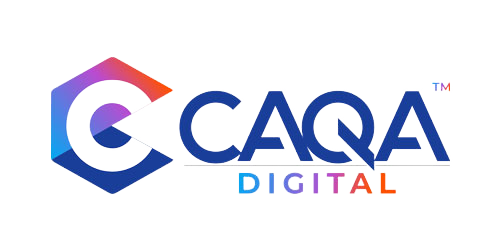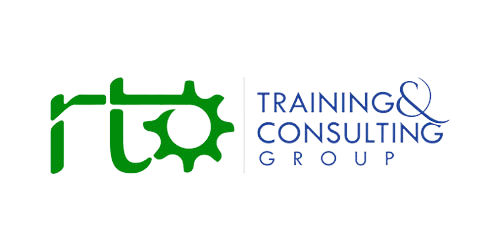Artificial Intelligence (AI) has rapidly permeated various sectors of our global economy, leading to transformations in how services are delivered and how businesses operate. The Vocational Education and Training (VET) sector is not immune to these changes. In fact, the introduction of AI in VET has the potential to revolutionise how vocational education is delivered and managed.
One of the most prominent ways AI can impact the VET sector is through personalised learning. AI algorithms can analyse a learner's performance, interests, and learning style to tailor educational content and pace accordingly. This form of adaptive learning can significantly enhance the efficiency and effectiveness of vocational education, making it more student-centered and outcome-focused.
Moreover, AI can simulate real-world scenarios in a risk-free environment, allowing learners to practice and hone their skills. For instance, AI-driven virtual reality (VR) can create immersive experiences for learners in fields like healthcare, construction, or mechanics, helping them acquire hands-on skills without the risks and costs associated with real-world training.
AI also offers great potential in administrative tasks within VET institutions. From automating administrative processes, such as student admissions and record-keeping, to predictive analytics in tracking student performance and making data-driven decisions, AI can contribute to the efficiency and effectiveness of VET management.
However, the integration of AI into the VET sector is not without challenges. First, there is a need for significant investment in infrastructure and resources to support AI-driven education. This includes high-speed internet, digital devices, and software, which may not be readily available or affordable for all institutions or learners, leading to a digital divide.
Second, the use of AI in education raises important ethical and privacy considerations. The collection and analysis of personal data, necessary for personalised learning and predictive analytics, must be conducted with utmost care to protect learners' privacy and ensure data security.
Third, there is a need for skills development among VET educators and administrators to effectively use AI. Without adequate training, the potential of AI in enhancing vocational education could be underutilised.
In light of these challenges, it's crucial for policymakers, VET institutions, and industry partners to work collaboratively. Together, they can develop strategies and policies that facilitate the ethical, equitable, and effective integration of AI into vocational education.
As we look to the future, the role of AI in the VET sector is likely to grow. With advancements in AI technology and increasing digitalisation of education, we can expect more innovative applications of AI in vocational education. From AI-powered career guidance to intelligent tutoring systems, the possibilities are vast and exciting.
In conclusion, the advent of AI in the VET sector marks a new era of vocational education. While the journey towards fully AI-integrated vocational education may be challenging, the potential benefits for learners, educators, and the broader economy make it a venture worth pursuing. As with any technological advancement, the key to success lies in thoughtful implementation that prioritises quality of education, equity, and ethical considerations.


































